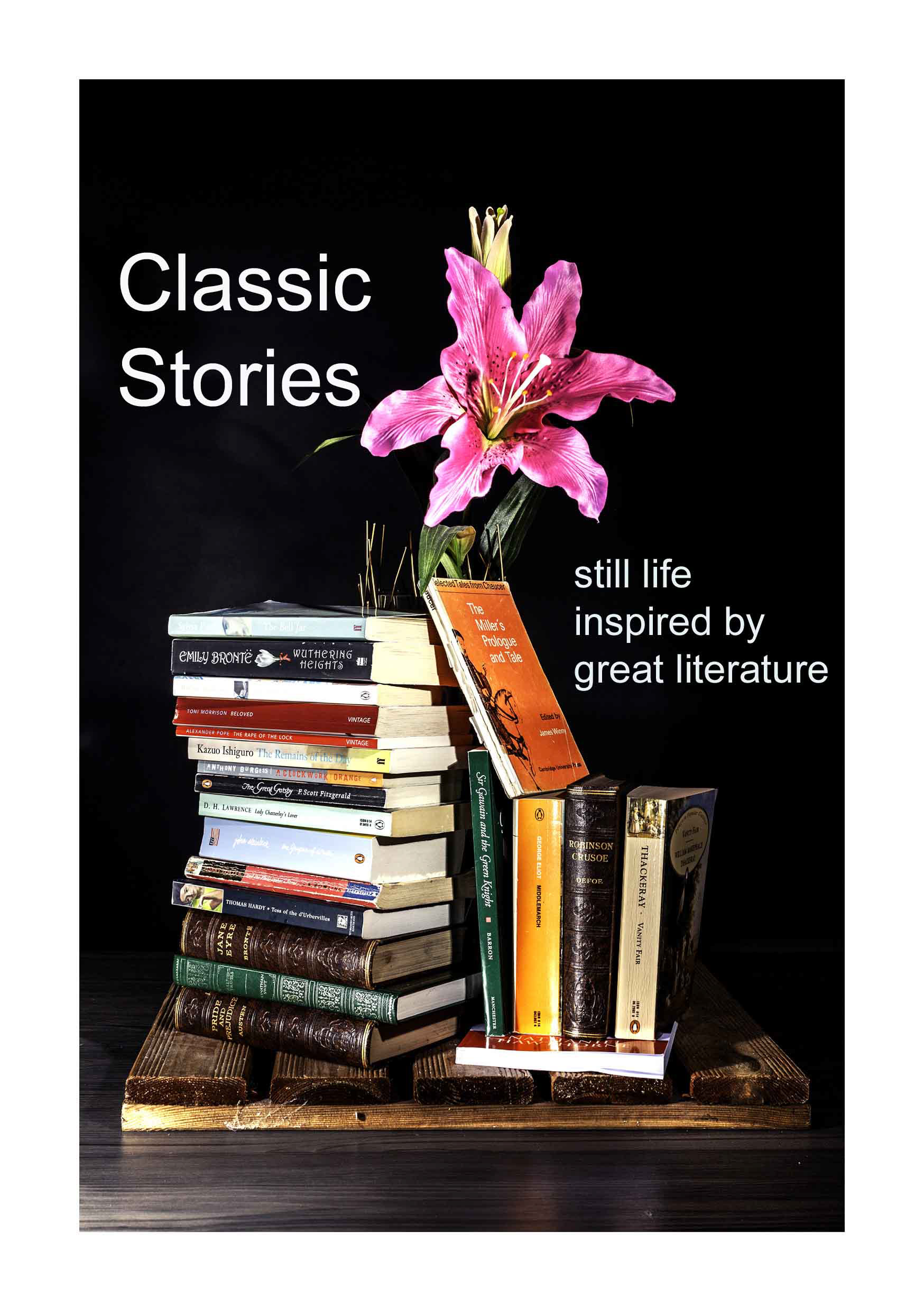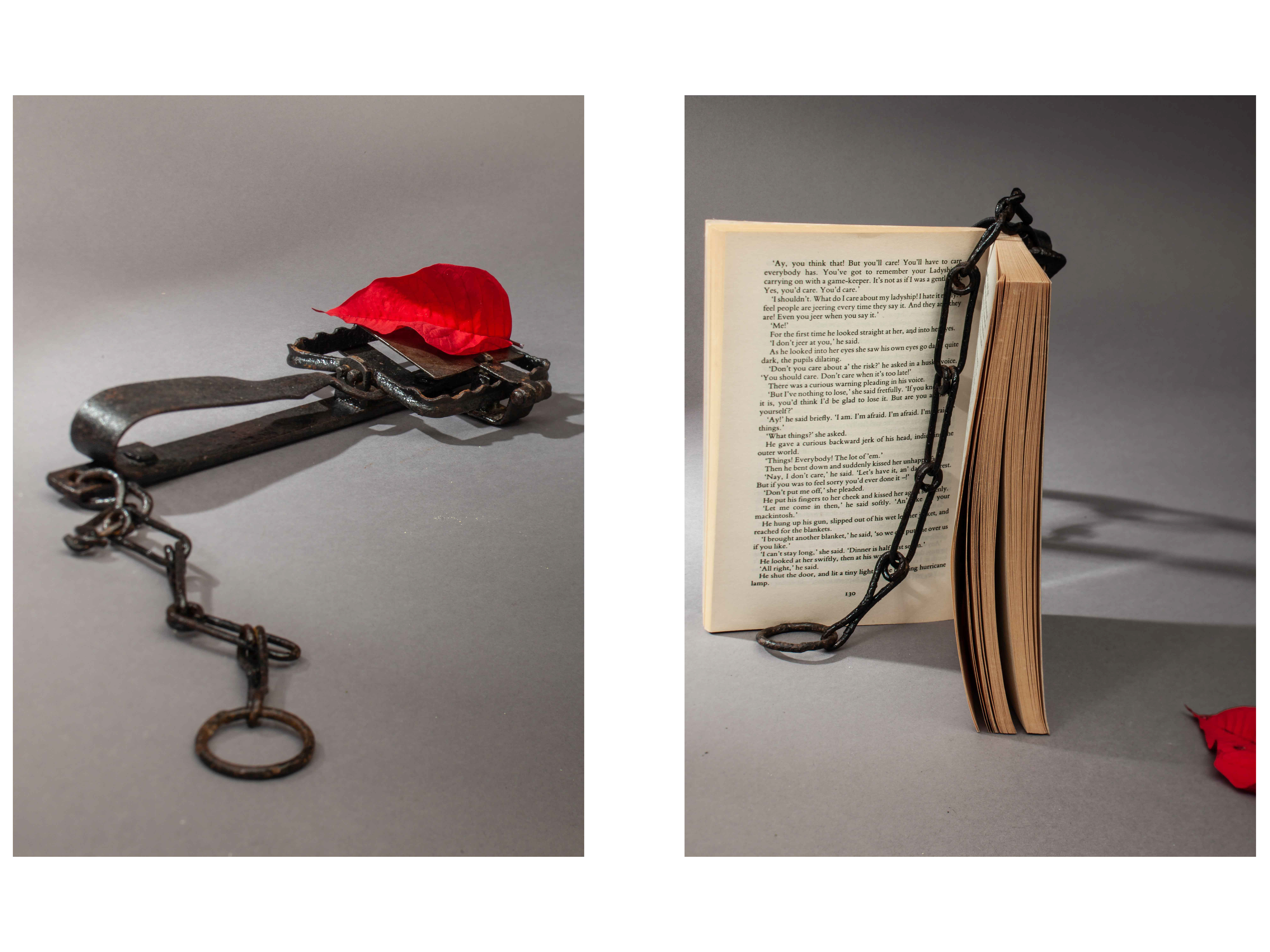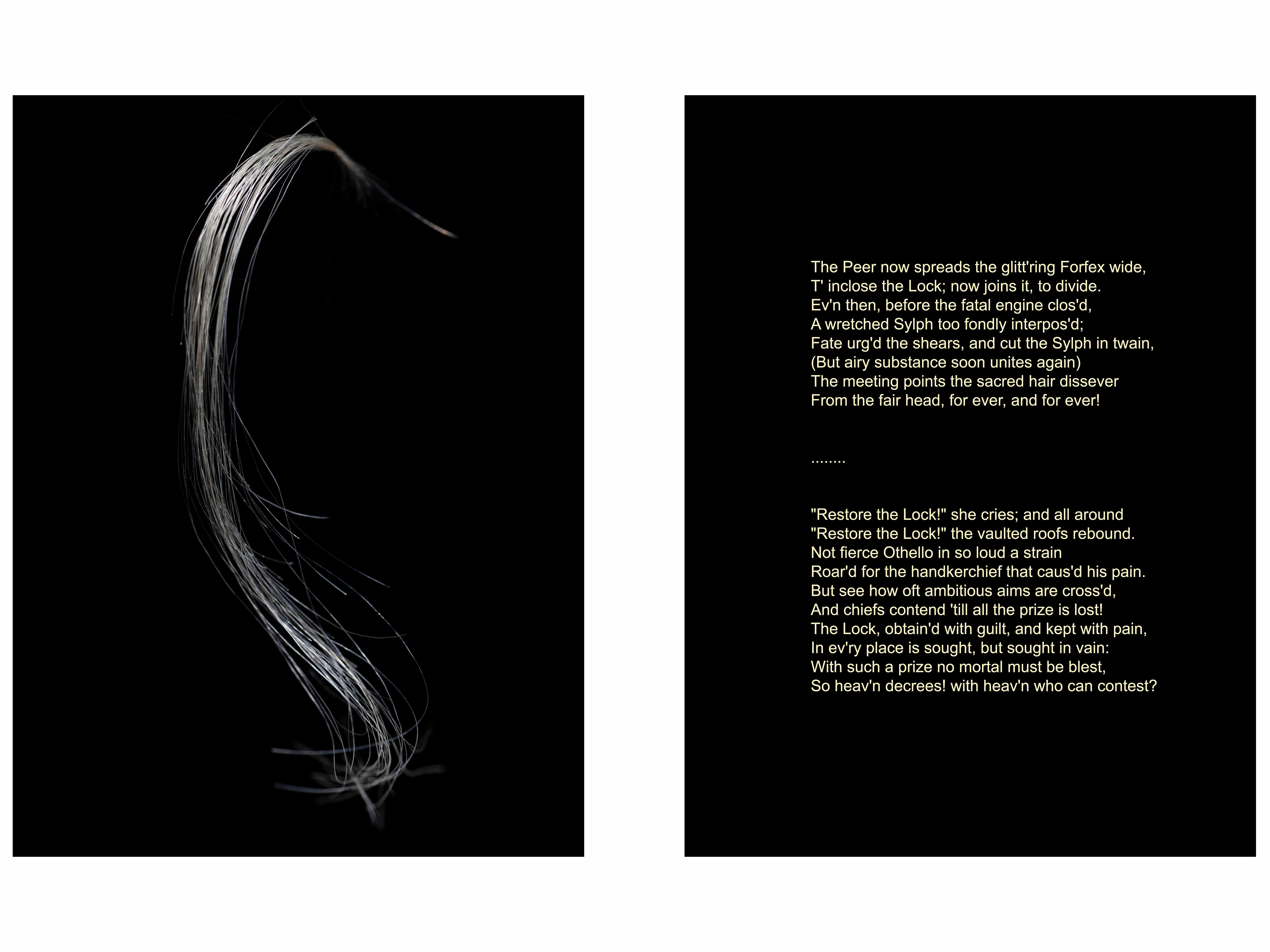It is too early to describe Girl Woman Other as a classic. Published in 2019, it hasn’t yet stood the test of time. But it has already made its way onto a set-text list for an English A-level course, and it has one of the other attributes necessary for ‘classic’ status. It explores and enlightens its readers on themes that will come to define the era in which it was written. Those themes are gender and ethnicity.
The novel follows a group of seemingly disparate and distanced characters, linked by a playwright whose big career moment is being realised at The National Theatre. It’s the first night performance of her play about a woman from a warrior Amazon tribe.
The victimization and subordination of two social groups in particular, black people and women, is a recurring theme in the lives of many of the characters of Girl, Woman, Other. The prejudices and injustices engendered by centuries of bigotry are exposed in a society where identity of self and others is no longer based on narrow, binary parameters. Gender, like ethnicity, is complex. That may sound a bit heavy – and does the book no justice. The writing flows like a mountain stream, is witty, brilliant and intelligent. It enlightens.
Bernardine Evaristo won the Booker Prize for this work – it’s not just the ideas and the themes that succeed, it’s the style of writing. Prose, according to the Romantic poet Samuel Taylor Coleridge, is ‘words in the their best order;’ poetry is ‘the best words in the best order.’ That being the case, this novelist writes prose that is on the borderline of poetry. Even the rhythm of her narrative has poetic qualities.
It’s worth a read if you’re broad-minded; and if you’re not, be prepared to have your mind broadened.












